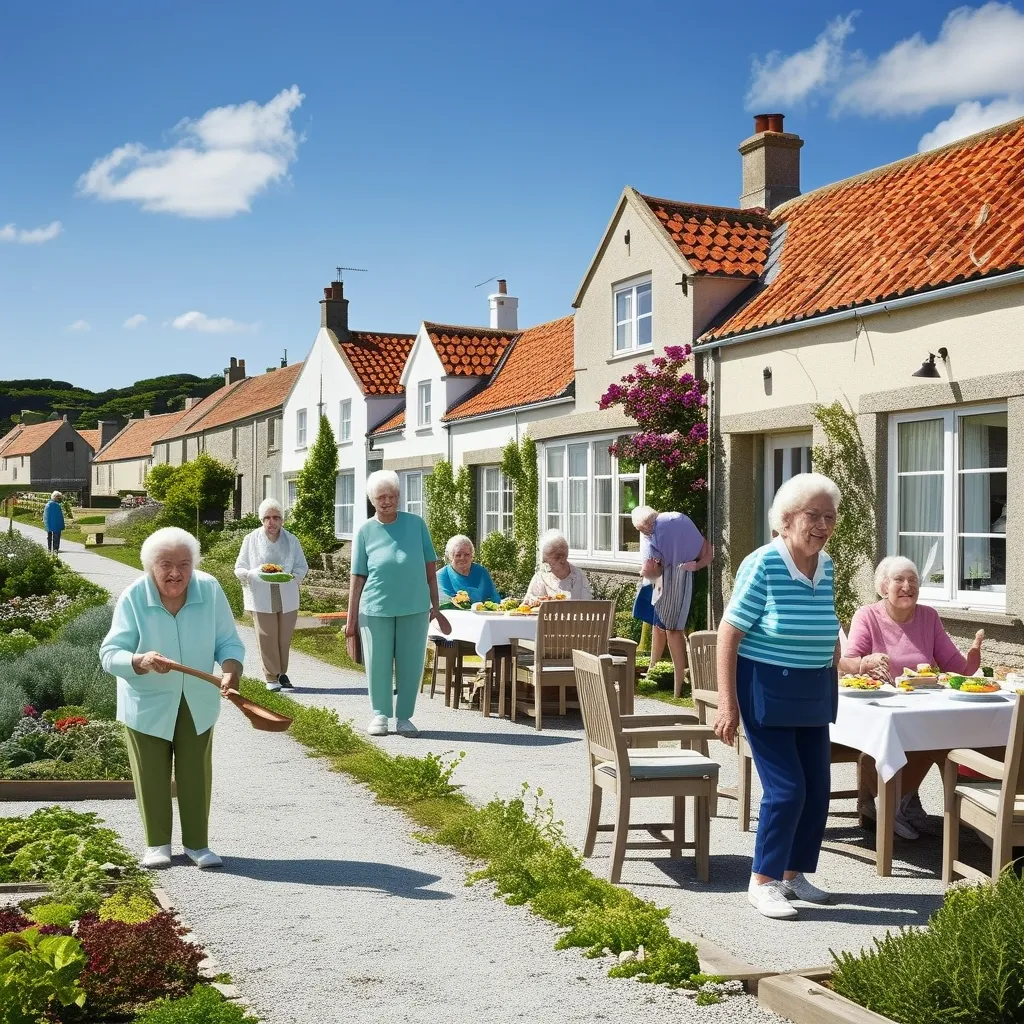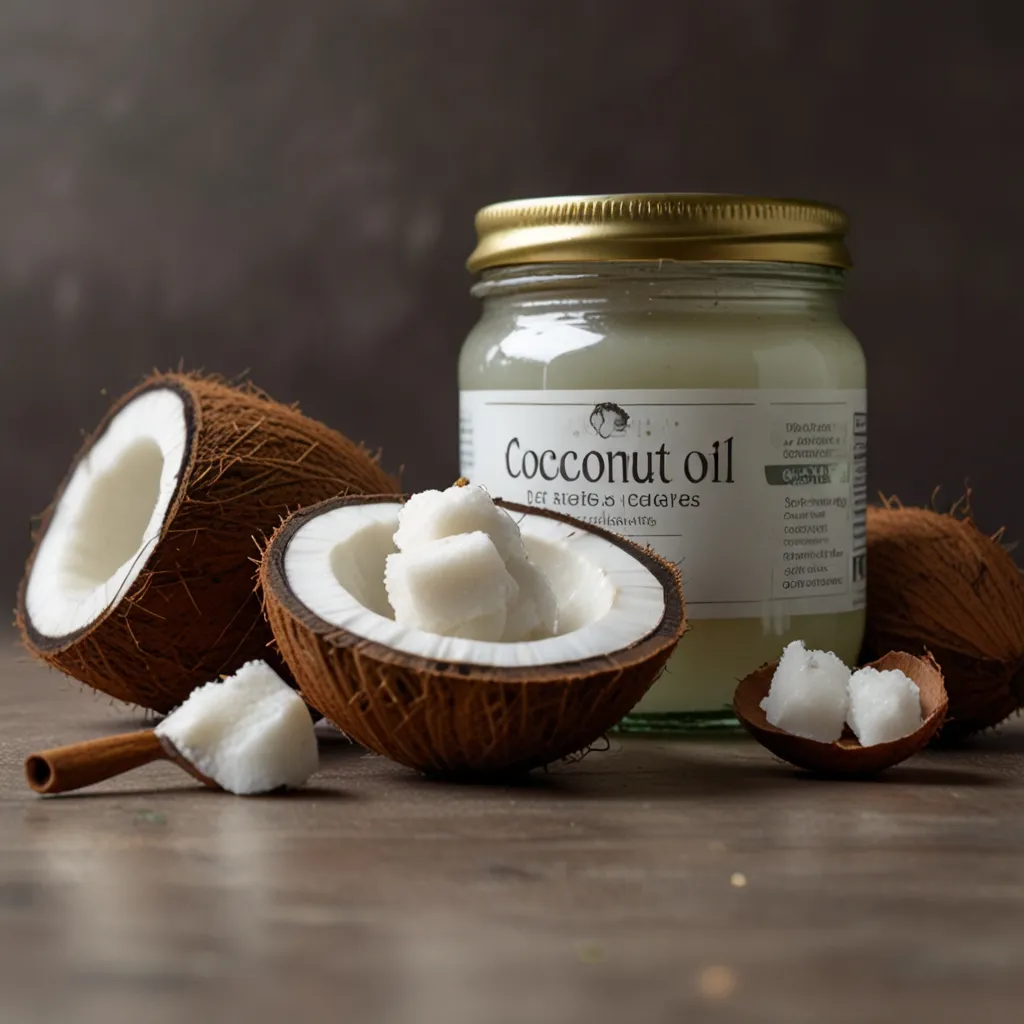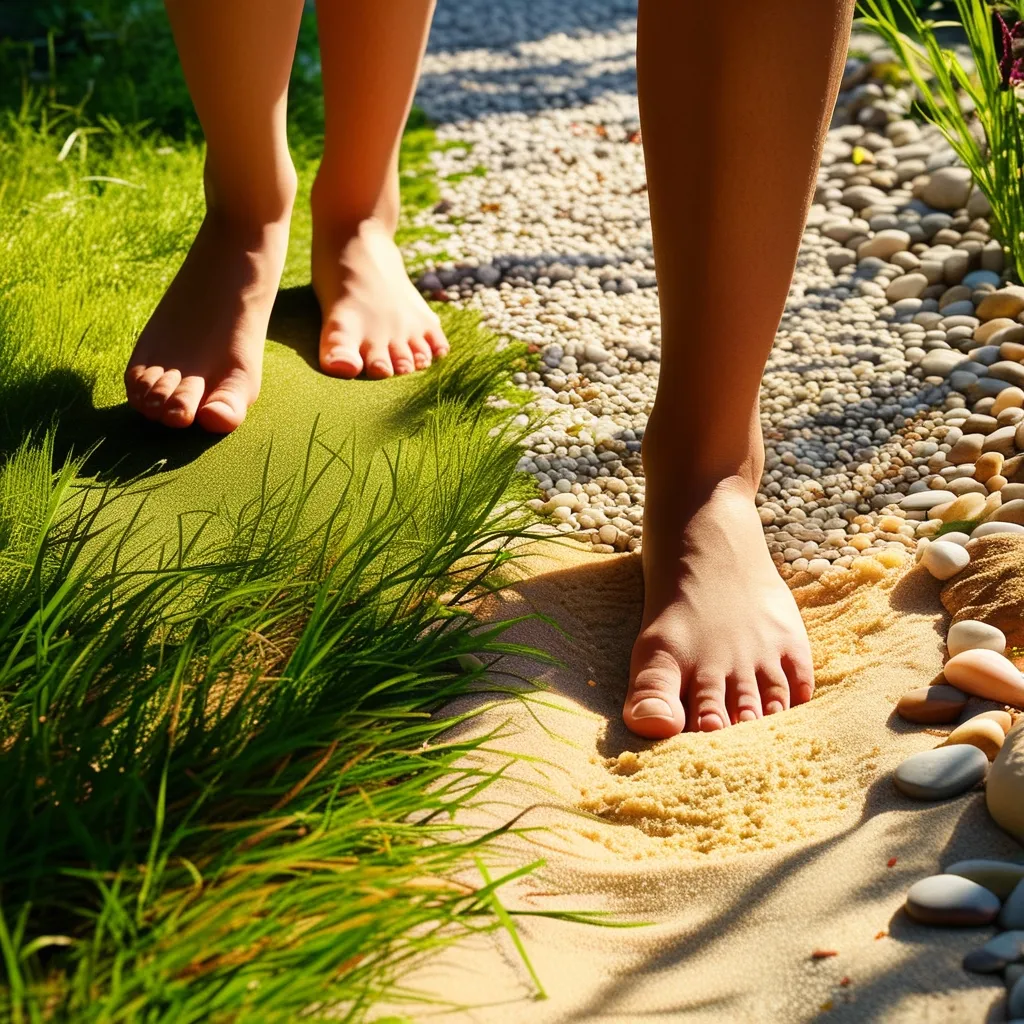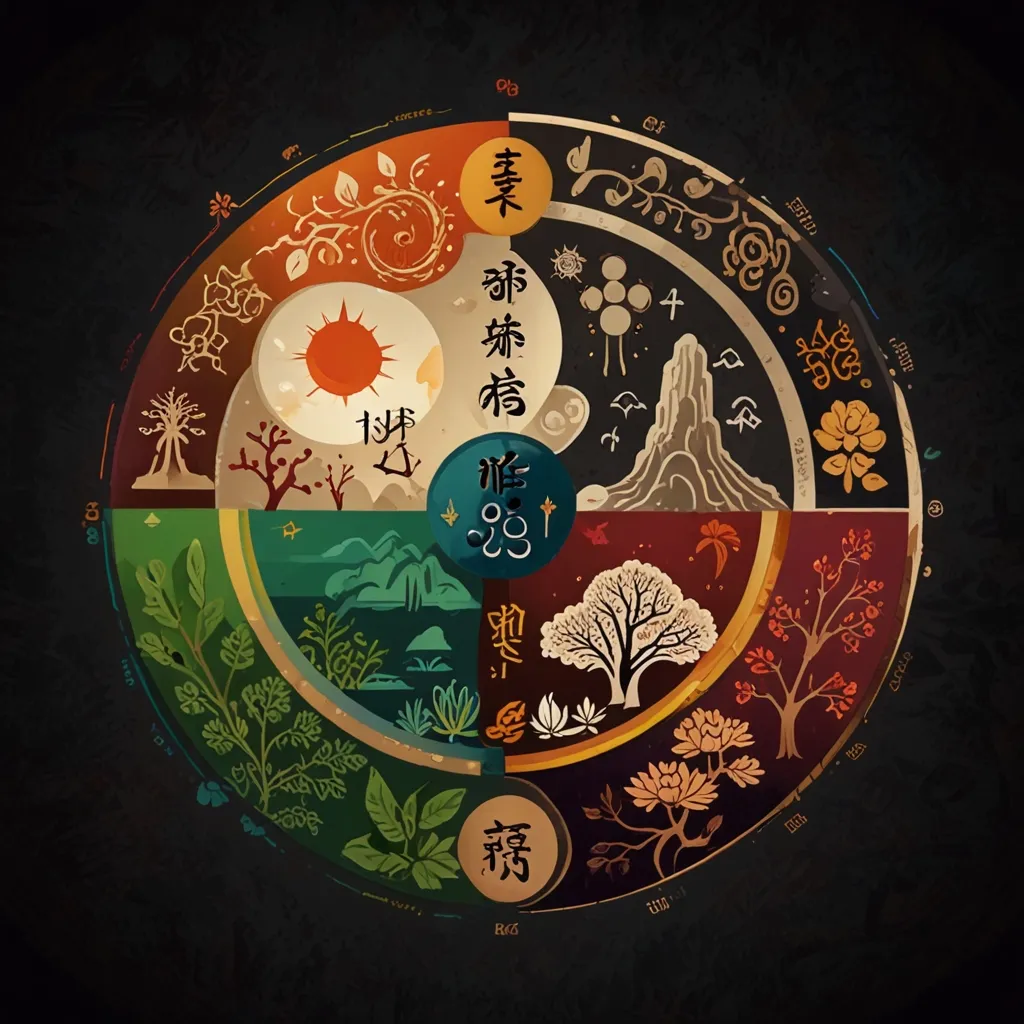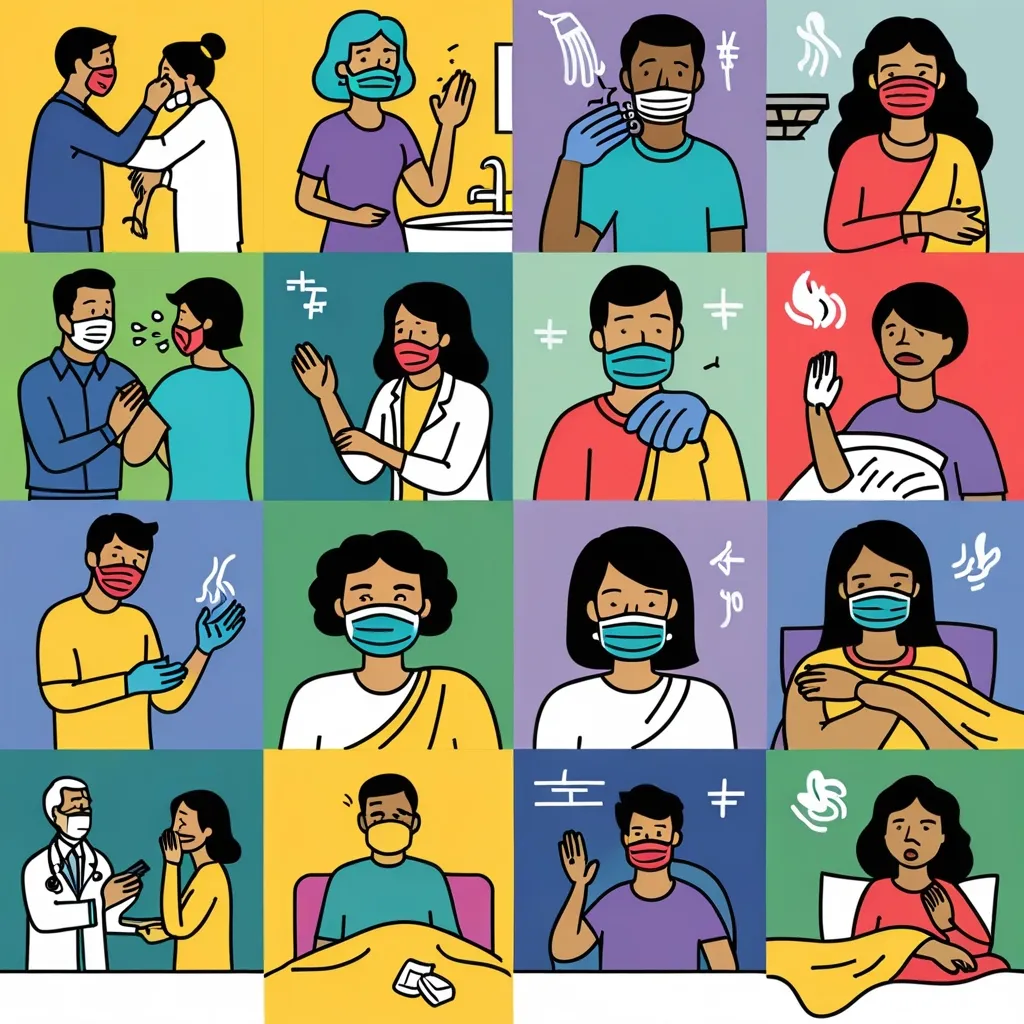Living a long, healthy, and happy life is something we all aspire to. But how can we make it happen? The answer might lie in the so-called “Blue Zones” - places around the world where people seem to have cracked the code of longevity. These special regions are home to an unusually high number of centenarians, folks who’ve hit the big 100 and are still going strong.
Let’s take a stroll through these Blue Zones and see what secrets we can uncover. Picture Okinawa in Japan, Sardinia in Italy, Nicoya in Costa Rica, Ikaria in Greece, and even Loma Linda in California. In these places, it’s not uncommon to see octogenarians and nonagenarians tending to their gardens, taking long walks, and living life with a zest that puts many younger folks to shame.
So, what’s their secret sauce? Well, it’s not just one thing - it’s a whole lifestyle. And the best part? We can all borrow a page from their book.
First up, let’s talk about movement. In the Blue Zones, exercise isn’t something you pencil into your calendar. It’s just part of everyday life. Imagine being an Okinawan elder, spending your mornings in your vegetable garden. Or picture yourself as a Sardinian shepherd, walking miles each day to tend your flock. It’s this natural, consistent movement that keeps their bodies strong and healthy.
But it’s not just about physical health. These folks have something else going for them - a strong sense of purpose. The Japanese call it “ikigai” - a reason to jump out of bed in the morning. Maybe it’s to create beautiful traditional crafts, or to play with the grandkids, or to contribute to the community. Whatever it is, having this purpose gives life meaning and keeps both mind and body engaged.
Now, let’s talk about stress. We all know it’s a killer, right? Well, the Blue Zone residents have figured out how to keep it in check. Take a leaf out of the Ikarian book - they’ve mastered the art of “downshifting.” It’s all about taking regular breaks to rest and socialize. A midday nap, a leisurely stroll, or a chat with friends - these simple pleasures are built into their daily routines.
When it comes to eating, they’ve got a nifty little trick called the “80% Rule.” It’s pretty simple - stop eating when you’re about 80% full. This prevents overeating and gives your body a chance to digest properly. In Nicoya, meals are often simple affairs based on local staples like beans, corn, and squash. It’s not just about what they eat, but how they eat it - mindfully and with appreciation.
Community is another big deal in the Blue Zones. Take Loma Linda, for example. The Seventh Day Adventist community there is tight-knit, with residents actively involved in church and community activities. This social engagement isn’t just fun - it’s crucial for mental health and longevity.
Now, you might be thinking, “That’s all well and good, but I don’t live in a Blue Zone.” Well, here’s the good news - you don’t have to! The principles of Blue Zone living can be applied anywhere. In fact, there’s even a Blue Zones Project that’s helping communities around the world adopt these healthy habits.
Take Albert Lea, Minnesota, for instance. They worked on creating safer sidewalks and bike paths, encouraging folks to walk and cycle more. The result? A significant bump in life expectancy and a drop in healthcare costs. Not too shabby, right?
The beauty of the Blue Zone lifestyle is that it’s all about low-tech solutions. It’s not about the latest fitness gadget or miracle supplement. It’s about going back to basics - eating whole foods, moving naturally, and living in harmony with your environment. In Sardinia, people still walk or bike to get around, and their diet is packed with whole grains, fruits, and veggies. Simple, traditional practices that pack a powerful punch.
So, how about creating your own personal Blue Zone? Imagine waking up each morning with a clear sense of purpose, just like those Okinawan elders. You start your day by tending to your little veggie patch, soaking in the fresh air and the satisfaction of growing your own food. After a light breakfast, you take a leisurely walk around the neighborhood, exchanging friendly waves with your neighbors.
Come lunchtime, you sit down to a simple but nutritious meal - maybe a hearty bowl of beans and veggies. And remember, stop when you’re about 80% full! The afternoon might bring some light physical activity - a bike ride or some more gardening - followed by a refreshing nap.
As evening rolls around, you gather with family and friends, sharing stories and laughter over a meal. This isn’t just about living longer - it’s about living better.
So, how can you bring a bit of Blue Zone magic into your life? Start small. Try incorporating more physical activity into your daily routine. If you can’t walk or bike to work, take short breaks throughout the day to stretch and move around. Every little bit counts!
Focus on finding your own “ikigai” - your reason for getting up in the morning. It could be your work, your family, or a hobby you’re passionate about. Having this sense of purpose can make a world of difference.
When it comes to eating, try to be more mindful. Stop when you’re about 80% full, and try to include more whole foods in your diet. Cut back on processed and high-calorie foods. Your body will thank you.
And don’t forget to make time to relax and “downshift.” Take a few minutes each day to rest and recharge. It could be through meditation, a quick nap, or just taking a few deep breaths. Find what works for you.
Remember, living to 100 isn’t just about reaching a certain number. It’s about living a life that’s full, healthy, and happy. The Blue Zones show us that it’s possible through simple, low-tech solutions that focus on lifestyle and environment.
By adopting these habits and making conscious choices about how we live, we can all strive for longer, healthier lives. It’s not about drastic changes - it’s about small, consistent steps in the right direction. Start today, and who knows? You might just create your very own Blue Zone, right where you are.
So, here’s to living life the Blue Zone way - with purpose, joy, and a whole lot of zest. After all, age is just a number. It’s how you live those years that really counts. Cheers to a long, healthy, and happy life!
